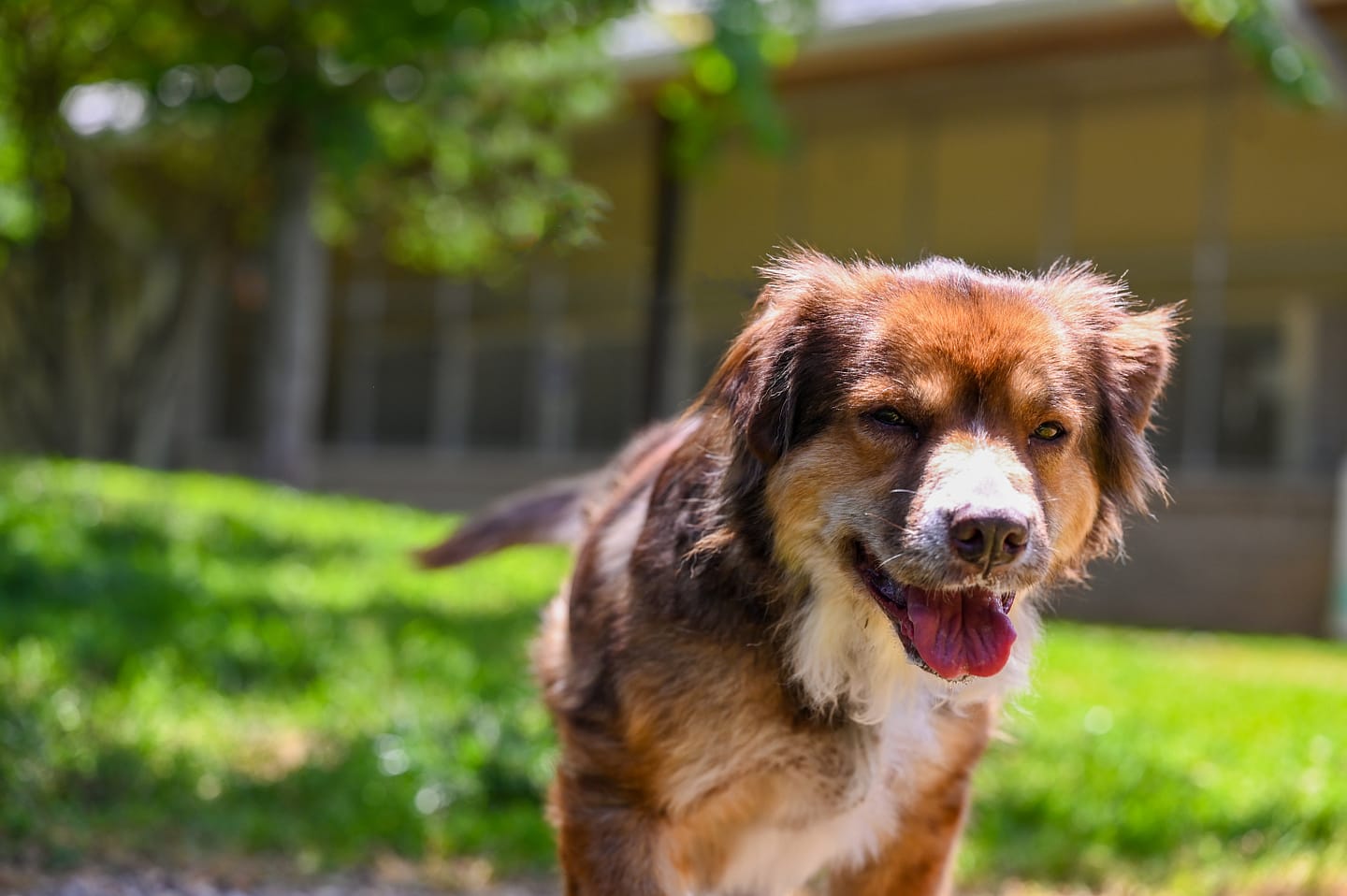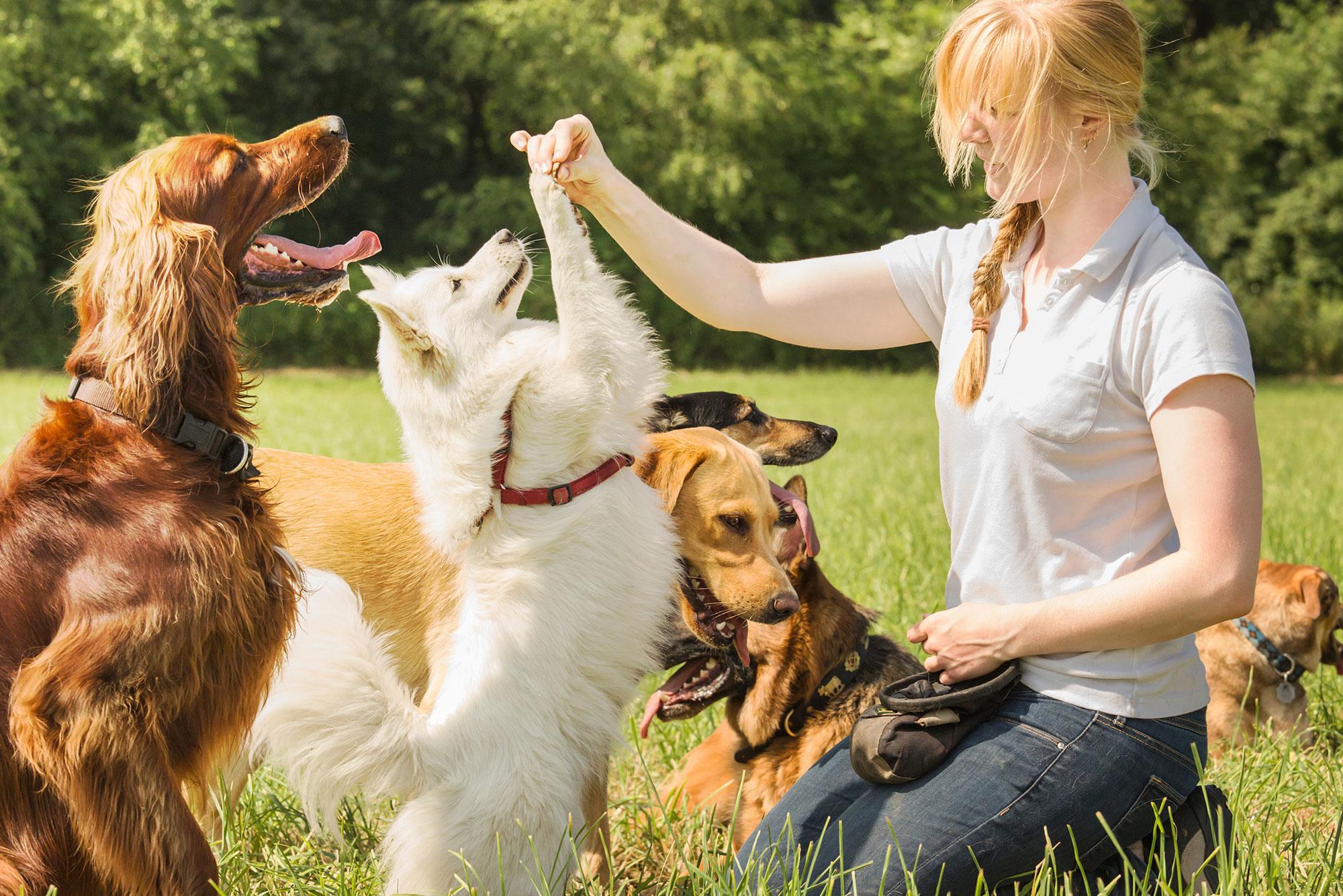Vital Tips for Effective Dog Training: An Overview for Pet Dog Owners
Efficient dog training is a complex process that requires a calculated method customized to both the animal's temperament and the proprietor's objectives. Recognizing exactly how to navigate these obstacles can substantially improve the training experience, eventually transforming the relationship in between proprietor and pet dog.
Comprehending Dog Actions
Understanding pet behavior is crucial for efficient training and cultivating a harmonious partnership between dogs and their proprietors. Canines connect primarily with body movement, vocalizations, and activities, making it essential for proprietors to analyze these signals accurately. Identifying a canine's stance, tail position, and ear positioning can give insights into its emotion. For instance, a wagging tail does not constantly show happiness; it can likewise indicate exhilaration or stress and anxiety.

Socializing plays a considerable function in canine habits; exposure to various settings, individuals, and various other animals can considerably impact a pet dog's personality. Moreover, aspects such as breed characteristics and individual personality must guide training approaches, as some types may have specific behavior qualities that require tailored strategies. By understanding these components, owners can develop a helpful environment that motivates positive habits, leading to effective training outcomes and a much deeper bond with their animals.
Developing Consistent Commands
Reliable communication with your pet dog begins with developing regular commands. This foundational aspect of training is essential for cultivating understanding in between you and your family pet. Consistency in the commands you utilize ensures that your pet dog can dependably link specific words or phrases with the desired habits.
When selecting commands, pick clear, distinct words that are easy to set apart and state from one another. Stay clear of using similar-sounding commands that may perplex your dog. As an example, making use of "rest" and "remain" is ideal, yet "sit" and "struck" can result in misunderstandings.
Furthermore, keep the very same tone and volume for every command. Pet dogs are delicate to singing cues, so differing your tone can develop confusion.
It is equally crucial to guarantee that all household members are on the very same web page relating to the commands used. A united front in command usage will certainly avoid mixed signals and strengthen the learning procedure.
Positive Reinforcement Strategies
The power of favorable reinforcement in canine training depends on its capacity to urge desired behaviors via incentives and appreciation. This method is based in the concept that actions followed by beneficial outcomes are more probable to be duplicated. By including favorable support right into your training routine, you can successfully form your pet dog's behavior in a useful fashion.
To implement favorable support, it's crucial to identify what encourages your canine, whether it be deals with, toys, or spoken praise. When your pet dog carries out a desired activity, such as resting on command, promptly reward them with a reward or affection. This association in between the command and the favorable end result strengthens their understanding.
It's crucial to timing the incentives correctly; providing the support within secs of the wanted behavior helps your pet dog make the connection (dog training). Additionally, uniformity is vital-- make sure that all relative make use of the same commands and benefit systems to avoid confusion

Progressively, you can reduce the regularity of deals with as your pet learns the behavior, transitioning to commend or intermittent incentives. This technique not only promotes a strong bond between you and your pet dog but likewise advertises a positive discovering environment, making training a pleasurable experience for both.
Socialization and Communication
Continually exposing your pet to a selection of atmospheres, people, and various other pets is vital for their social growth. Socialization should begin early, ideally during the critical window of 3 to 14 weeks, when pups are most responsive to new experiences. However, older canines can likewise benefit from ongoing socialization efforts.
Introduce your pet dog to various settings, such as parks, pet-friendly shops, and city areas. This exposure aids them adjust to different stimuli, minimizing stress and anxiety and concern reactions. Encourage favorable communications with various other canines and people, ensuring that these experiences are risk-free and controlled to promote confidence.
Use organized playdates with courteous dogs, as this can boost your canine's social abilities and show them appropriate habits. Obedience classes official website and training sessions likewise provide superb chances for socializing, allowing your pet to communicate with others in a monitored environment.
Monitor your pet dog's body movement during communications, as this will certainly assist you determine their comfort degree. Progressively enhance direct exposure to more difficult scenarios while guaranteeing that each experience declares. A well-socialized dog is most likely to exhibit balanced actions, making them a joy to have in any type of setup.
Addressing Typical Training Difficulties
Every pet owner will come across training obstacles eventually, despite their pet dog's age or socializing level. Identifying typical problems such as stubbornness, disturbances, and fearfulness can assist in establishing reliable approaches for improvement.

Disturbances throughout training sessions can hinder emphasis. To fight this, begin training in a quiet environment with marginal stimuli. Gradually introduce interruptions as the pet dog comes to be more competent in commands. Short, frequent training sessions are also effective in maintaining interest.
Terror can prevent a canine's knowing process. Steady desensitization to the resource of concern, matched with positive reinforcement, can help alleviate anxiousness. Persistence is critical; never ever compel a pet right into a circumstance that causes distress, as this might aggravate the problem.
Inevitably, understanding and attending to these common look at here difficulties with an organized approach will promote a much more effective training experience, enhancing the bond in between pet dog and proprietor while promoting efficient learning.
Conclusion
In summary, effective canine training depends on a thorough understanding of canine habits, the establishment of constant commands, and the application of favorable support strategies. Socializing plays a vital role in creating well-adjusted pet dogs, while attending to typical training obstacles requires patience and versatility. By executing these important methods, pet owners can promote a strong bond with their dogs and advertise desirable actions, inevitably bring about a harmonious connection in between human beings and their canine companions.
Comprehending pet behavior is necessary for reliable training and fostering a harmonious connection in between pooches and their owners.Socialization plays a considerable function in pet behavior; exposure to various atmospheres, individuals, and various other pets can significantly impact a canine's character.The power of favorable support in pet training lies in its capability to urge desired habits through benefits and appreciation. By incorporating favorable reinforcement into your training regimen, you can effectively shape your canine's actions in a constructive way.
In recap, effective dog training counts on a thorough understanding of canine behavior, the establishment of constant commands, and the application of positive reinforcement techniques.